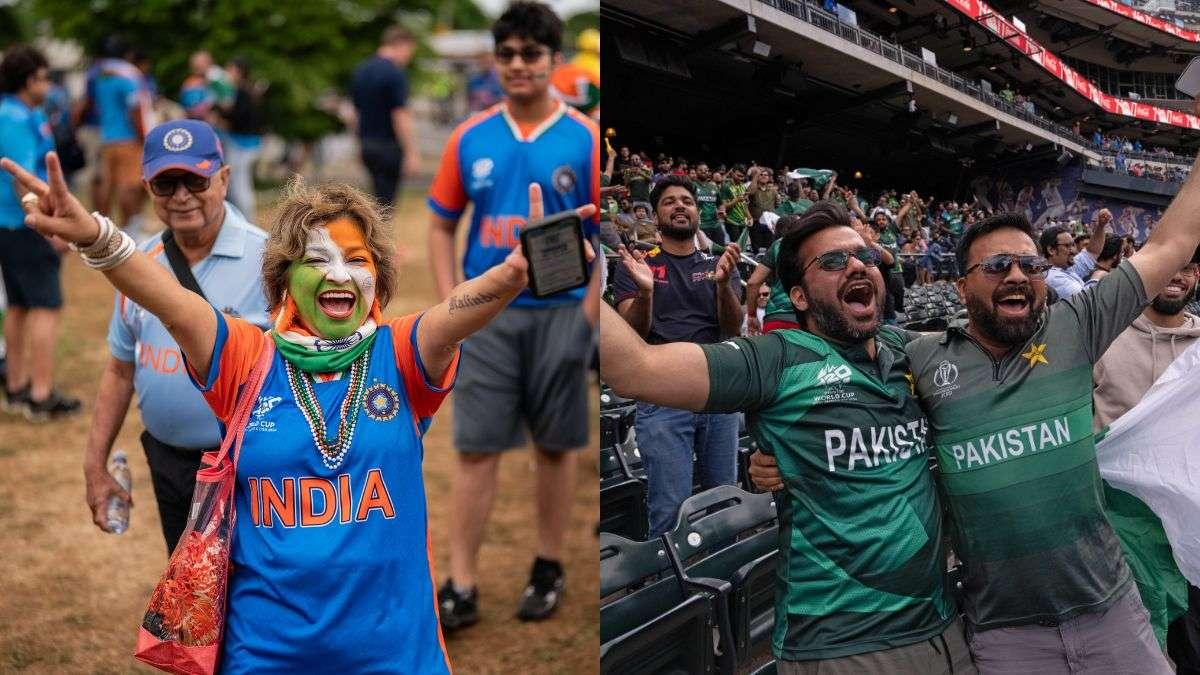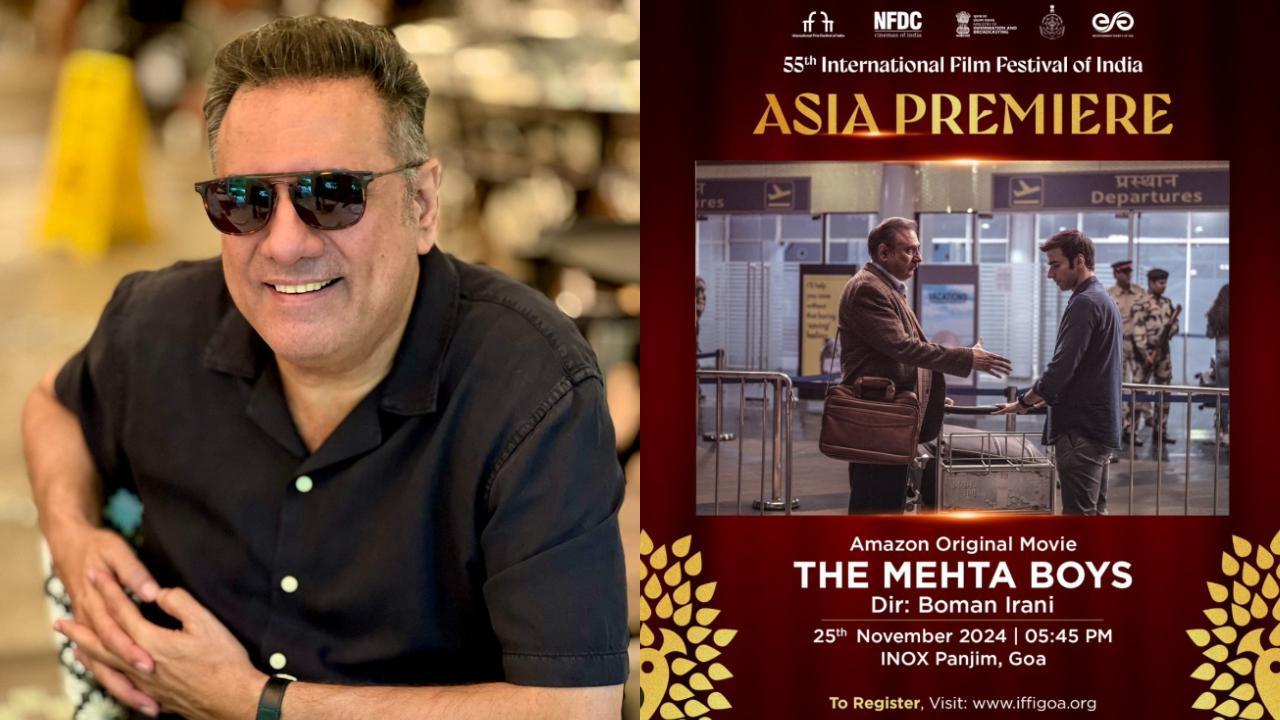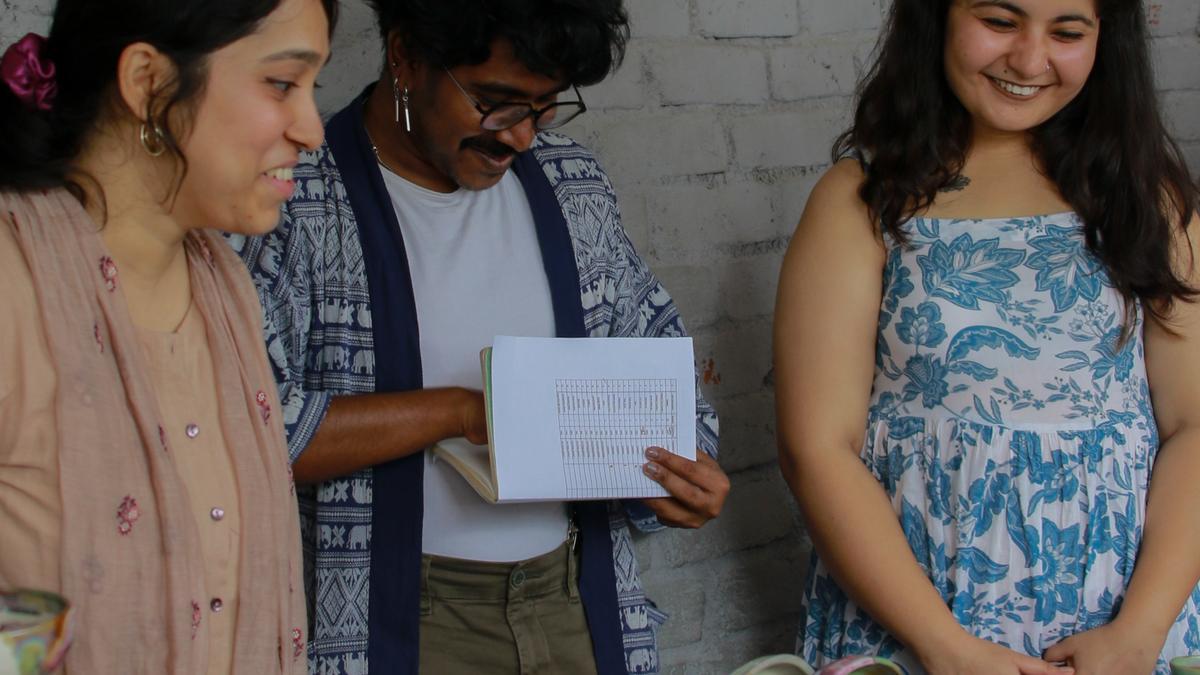
Today marks a significant moment for the Indian film industry as the movie “Swatantrya Veer Savarkar” graces cinema screens nationwide. The film, starring Randeep Hooda in a dual role of the leading actor and first-time director, captures the life of the titular freedom fighter, a figure who has incited much debate over the years. Speaking with mid-day.com on this pivotal day, producer Anand Pandit conveys his satisfaction with the audience’s response to the film, particularly the younger demographics, who he believes are generally less aware of Savarkar’s role in India’s journey to independence.
For Pandit, the inception of ‘Swatantrya Veer Savarkar’ was not just about filmmaking. It was about fulfilling a childhood dream and rectifying the narratives in India’s history. “Our history is somehow altered,” he explains. Growing up, he admired Savarkar and felt that the freedom fighter’s actual contributions had been inadequately represented in historical texts. “That’s why I was compelled to bring this story to the public eye, devoid of any commercial pursuit. The true intent of this motion picture is to educate today’s and tomorrow’s generations about Savarkar’s true character and sacrifices for the nation,” Pandit added, emphasizing the educational aspects over financial gain.
Pandit’s venture is not one for monetary enrichment, a stark contrast to his other film projects. While acknowledging the industry’s inherently business-oriented nature, he reiterates that ‘Swatantrya Veer Savarkar’ stands as an exception – stemming from conviction rather than profit.
The film not only glorifies the past but also celebrates Hooda’s exemplary portrayal of Savarkar and his remarkable directorial debut. Pandit praises Hooda, “A known method actor, his embodiment of the character is impeccable, and his direction will certainly leave audiences in awe.”
Creating ‘Swatantrya Veer Savarkar’ was by no means a smooth journey. Initially, with director Mahesh Manjrekar at the helm, his eventual departure due to scheduling conflicts led to Hooda stepping into the role of director. Despite the hurdles and the metaphorical mountains to climb, which Pandit equates to the challenges Savarkar himself faced, the producer sees the completion and release of the film as a triumph.
The realm of political cinema in India is fraught with challenges, Pandit concedes. Resistance arises from individuals and groups opposing the viewpoints expressed in such films, and bureaucratic hurdles can often impede the progress of production. Additionally, the producer candidly addresses the film’s trouble with the Central Board of Film Certification (CBFC), which delayed the issuance of the censor certificate, causing a significant setback. While Pandit remains circumspect regarding the specifics of these impediments, he asserts that a more efficient approach from the CBFC would have been preferable.
The biographical drama plunges into Savarkar’s life, with Hooda at the forefront, intent on delivering a powerful, authentic, and historically aligned depiction of one of India’s most complex freedom fighters. With the goal of enlightening and inspiring its audience, the film’s release is not just the culmination of a two-year creative endeavor but also a meaningful contribution to the cultural and historical tapestry of India.
‘Swatantrya Veer Savarkar’ represents a singular mission to enshrine the legacy of the man himself into cinematic history for generations to come. And today, as viewers flock to theaters and the projection reels begin to roll, Anand Pandit’s dream has, at last, taken the shape of moving images and resonant storytelling. The film stands as a testament to the belief that cinema has the profound ability to educate, to restore forgotten narratives, and ultimately, to honor the truth.










